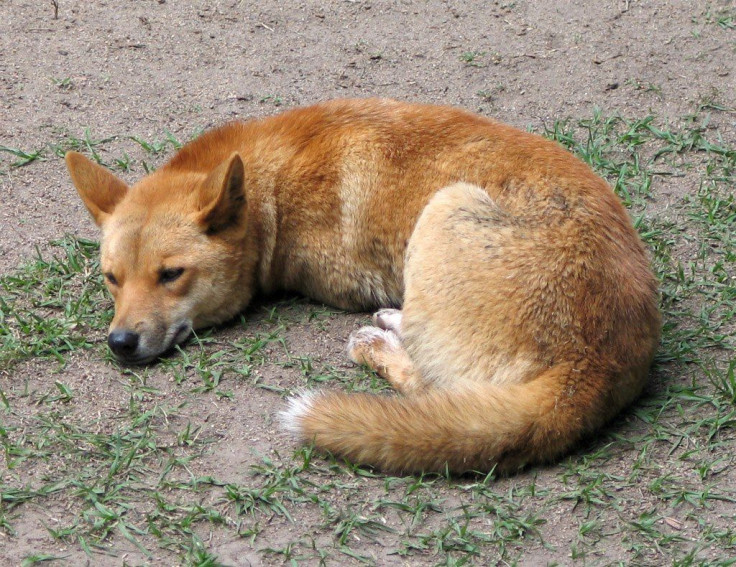Study Explains How Dingoes Became Wild From Being Pets

KEY POINTS
- It is believed that the ancestors of dingoes were kept as pets in Asia
- Dingoes began the road to feralization 8,300 years ago
- Their genes evolved to adapt to life in the wild
- Dingoes and their cousins, New Guinea Singing Dogs, are more related to wolves than dogs
Although they look like the domesticated dogs people keep as pets, dingoes are genetically distinct wild dogs. In a new study, researchers shed light on the mystery of how dingoes returned to being wild after being domesticated.
Dingo Mystery
Previous studies have suggested that the wild dingoes now native to Australia were once domesticated dogs that were kept as pets in Southeast Asia. However, how these dogs eventually moved to Australia and returned back to being wild remained a mystery.
For a new study, researchers sequenced the genomes of 10 dingoes and two of their cousins, the New Guinea Singing Dogs, and found that dingoes began their journey to feralization in southern East Asia about 9,900 years ago.
From there, dingoes migrated via Island Southeast Asia and eventually reached Australia about 8,300 years ago, subsequently diverging into a genetically distinct population.
Genetically Distinct
The analysis identified 50 selected genes related to digestion and metabolism, showing that the diet change that occurred during the dingoes’ process back to feralization. In fact, compared to domesticated dogs with diets that are adapted to the vegetables provided by humans, dingoes have diets that consist mostly of meat.
“Our analyses of phylogeny, population structure, and demography as well as selection analysis, show that the dingo is a genetically distinct population clearly differentiated from the domestic dog,” lead author Peter Savolainen of the KTH Royal Institute of Technology said. “Genes related to behavior, food digestion and reproduction have evolved in order to adapt dingoes to living in the wild instead of together with humans.”
The analysis also revealed that dingoes and New Guinea Singing Dogs are genetically closely related, suggesting that they may have a common ancestor from dogs in Island Southeast Asia 8,000 years ago. Further, the researchers also found that they are both actually more similar to wolves than dogs.
Altogether, the results of the study show how thousands of years of adaptation in the wild developed dingoes into a genetically distinct population that is clearly different from their domestic ancestors.
Feralization
Feralization is the process by which a domestic species escapes human control and adapts to the wild through natural selection. It is the opposite of domestication, wherein a wild species is bred in captivity and modified to be distinct from their wild ancestors and more adapted to life with humans.
Examples of other animals that have undergone feralization are some rodents that now look more like wild rodents than domestic ones and the feral chickens in Kauai that are descendants of the chickens that escaped when Hurricanes Iwa and Iniki blew chicken coops open in 1982 and 1992 respectively.
© Copyright IBTimes 2024. All rights reserved.






















